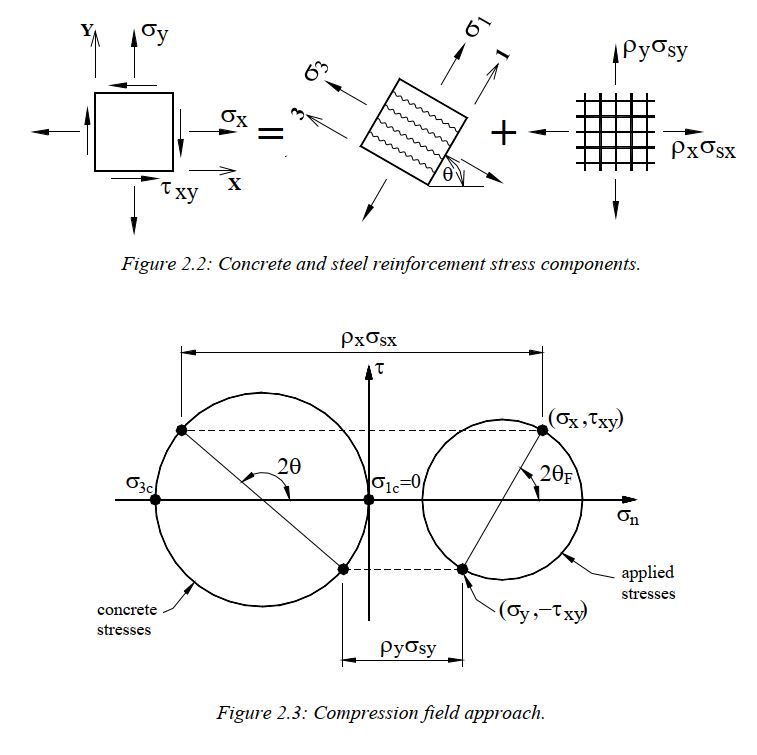If I understand correctly, you have a wall which you modelled with 2d shell elements and you are checking axial stresses in vertical (usually y) direction in each finite element? Did I get this right?
To me, this seems wrong since concrete is not linear (but I haven't really checked in which cases it might be acceptable both from safety and ecenomy). Usually you want to get internal forces and satisfy equilibrium for said forces. Allowable stress approach is useful to get the feel for a structure, but I'd suggest using limit state design for final design.
If your FEM analysis software doesn't give internal forces in 2d elements (just stresses), then you can integrate (in excel easily) the vertical stresses to get the axial force and bending moment and shear "stresses" (usually called n_xy) to get the shear force. Once you have all three internal forces, you can design the wall.
Also, this may lead to nothing useful if for example you're doing seismic design and your wall is ductile (where wall ends are heavily confined where you'd get large strains). In that case it even may lead to wrong conclusions (someone might think "I'll just increase the reduction factor R or behaviour factor to achieve smaller stresses" which would be wrong). Increasing the size of an element in that situation may be counter-productive.

